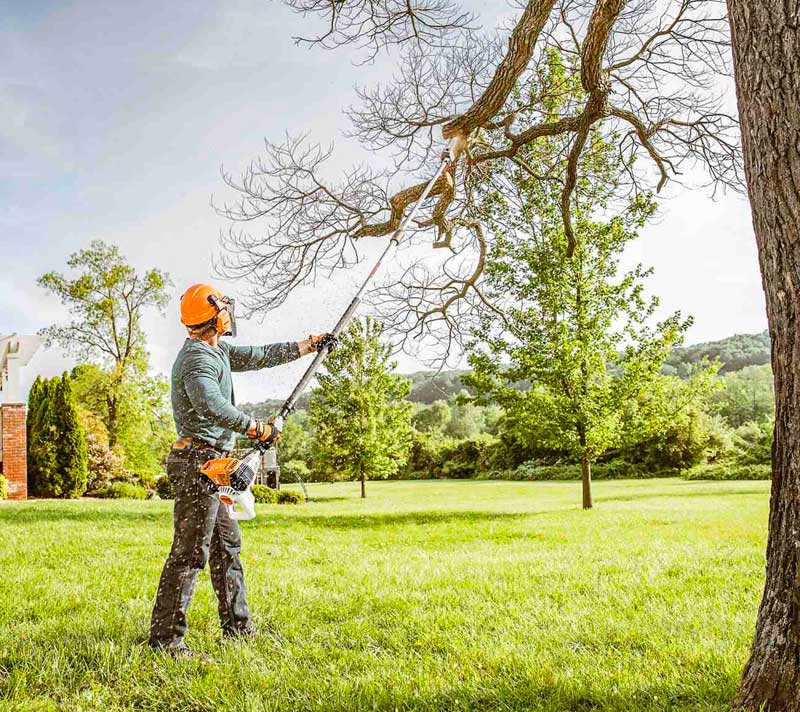Regular Tree Service Is A Key Component In Storm Damage Prevention
 There is no telling when the weather will strike. The unpredictability of the natural elements and their effects can be daunting. The powerful winds accompanied by heavy rains that develop in a Midwest storm can have devastating effects on your home and surrounding property. Fallen trees and branches are often the cause for most damage, resulting in the destruction of roofs, power lines, cars and more. Scattered debris following a storm is not only an inconvenience, but also takes away the aesthetic value of your home. Taking immediate action in terms of clean up should be done in a timely manner to avoid a hazardous situation.
There is no telling when the weather will strike. The unpredictability of the natural elements and their effects can be daunting. The powerful winds accompanied by heavy rains that develop in a Midwest storm can have devastating effects on your home and surrounding property. Fallen trees and branches are often the cause for most damage, resulting in the destruction of roofs, power lines, cars and more. Scattered debris following a storm is not only an inconvenience, but also takes away the aesthetic value of your home. Taking immediate action in terms of clean up should be done in a timely manner to avoid a hazardous situation.
Preventing Storm Damage With Regular Yard And Tree Service
The high winds that travel with this type of weather pose the most immediate threat to home damage from fallen trees. A key component in damage prevention is knowing when your trees are at risk of falling or splitting. Rotted roots, lopsided tree tops, and weak or fragile branches are all indications that a tree may be a liability to your home. Having a professional regularly service and evaluate the health of your yard is the first step in preventing damage from the unpreventable. Our certified tree specialists are trained to act on warning signs before they become costly and inconvenient problems.
Types Of Tree-Related Severe Weather Damage
When figuring out how to proceed post-storm damage, you should first assess what harm has been done to your trees and yard. There are six ways to categorize your storm damage: blow over, stem failure, crown twist, root failure, branch failure, and lightning. A blow over, which is caused by high winds, results in a fallen tree. Previous issues with insects and weak roots may make your tree more vulnerable to this. Damage to trees isn’t always apparent at first glance. Because trees grow over previous wounds instead of healing, their stems are more at risk for failure due to weaknesses beneath the surface. Trees with more branches on one side than the other, known as a crown twist, are less stable in heavy winds due to the lack of balance. Root failure occurs when there is stress being put on the roots themselves, and they may snap or be ripped from the ground entirely. Severe weather, such as snow storms or ice storms weaken branches, resulting in branch failure. During a storm, a tree is always at risk of being struck by lightning. There is no form of prevention for this type of harm, so it is best to know how to take care of your tree post-lightning strike.
